Hwarang Guesthouse (화랑게스트하우스)
6.5Km 2025-07-18
136-1, Wonhyo-ro, Gyeongju-si, Gyeongsangbuk-do
Hwarang Guesthouse near Daereungwon, Gyeongju-si, Gyeongsangbuk-do, offers guestrooms each with separate toilet and bathroom. Refrigerators and laundry facilities are provided for guests, as are a shared-use PC and fax machine, while travel guides and other books are available in the lobby. Silla Kingdom sites such as Daereungwon, Cheomseongdae, Donggung Palace and Wolji Pond are reachable on foot; alternatively residents can hire a bicycle for 7,000 won a day.
Puente Woljeonggyo (월정교)
6.5Km 2025-03-17
Gyo-dong 274, Gyeongju-si, Gyeongsangbuk-do
Festival de la Calle del Muro de Piedra del Parque Daereungwon en Gyeongju (경주 대릉원돌담길 축제)
6.6Km 2025-03-14
Hwangnam-dong, Gyeongju-si, Gyeongsangbuk-do
054-776-5267
Yosukgung 1779 (요석궁1779)
6.6Km 2025-09-02
19-4 Gyochonan-gil, Gyeongju-si, Gyeongsangbuk-do
Cheongjae Hanok (청재한옥)
6.6Km 2025-04-11
Bulguk-ro 163, Gyeongju-si, Gyeongsangbuk-do
Mercado Seongdong de Gyeongju (경주 성동시장)
6.6Km 2025-03-17
Wonhwa-ro 281-beongil 11, Gyeongju-si, Gyeongsangbuk-do
El Mercado Seongdong, situado en la ciudad de Gyeongju, provincia de Gyeongsangbuk-do, abrió en 1971 y está formado por unas 300 tiendas y 30 puestos callejeros aproximadamente.
Hwangnam Bread (황남빵)
6.7Km 2025-03-19
783, Taejong-ro, Gyeongju-si, Gyeongsangbuk-do
Aldea Gyochon en Gyeongju (경주 교촌마을)
6.8Km 2025-04-24
Gyochon-gil 39-2, Gyeongju-si, Gyeongsangbuk-do.
Situada en la ciudad de Gyeongju, la Aldea Gyeochon es un pueblo de casas tradicionales hanok que permite a los visitantes ver la vida del famoso clan Choi. Los visitantes pueden ver su casa y probar el licor Beopgju Gyodong de Gyeongju.
Pyeongyang Naengmyeon (평양냉면)
6.8Km 2025-05-19
10, Wonhyo-ro 105beon-gil, Gyeongju-si, Gyeongsangbuk-do
Áreas Históricas de Gyeongju (경주역사유적지구) [Patrimonio Cultural de la Humanidad de la Unesco]
6.9Km 2025-03-17
Taejong-ro 757, Gyeongju-si, Gyeongsangbuk-do.
Designado como Patrimonio Cultural de la Humanidad por la Unesco en noviembre del 2000, es una zona histórica que conserva toda la historia y cultura de Gyeongju, la antigua capital de Silla (57-935). Se clasifican en un total de 5 áreas históricas. La primera es la zona de Namsan, la cuna del arte budista de Silla. Considerado un museo al aire libre sin paredes, es un lugar en donde persiste el espíritu de Silla, y reúne 37 reliquias budistas; el pabellón Poseokjeong (Sitio Histórico), la roca Tapgok Maaejosanggun (Tesoro – figuras budistas grabadas en roca), la pagoda de tres pisos de piedra del templo Cheonryongsa (Tesoro), la roca Chilburam Maaeseokbul (Tesoro - figuras budistas grabadas en roca), la roca Bulgok Seokbuljwasang (Tesoro), etc. La segunda es la zona de Wolseong, sitio en donde estaban los palacios de la dinastía milenaria de Silla. Se encuentran en esta área el bosque Gyerim (Sitio Histórico), el sitio de la sala Imhaejeon, y el mejor observatorio de Asia, Cheomseongdae (Tesoro Nacional). La tercera es la zona de Daereungwon, el complejo de tumbas reales, los pertenecientes a los reyes, reinas y miembros de la nobleza. Durante su proceso de excavación se han encontrado coronas, pinturas de caballos míticos, variedad de cerámica, etc., entre otras reliquias que han servido como base de estudio histórico. La cuarta es la zona en donde se encontraba instalado el famoso templo Hwangnyongsa (Sitio Histórico). Y por último, la quinta zona, es el lugar en donde se establecía la fortaleza Myeonghwalsanseong (Sitio Histórico), que se presume que fue construido hace 400 años. Estas áreas históricas de Gyeongju, designadas como Patrimonio Cultural de la Humanidad por la Unesco, comprenden un total de 52 patrimonios culturales.
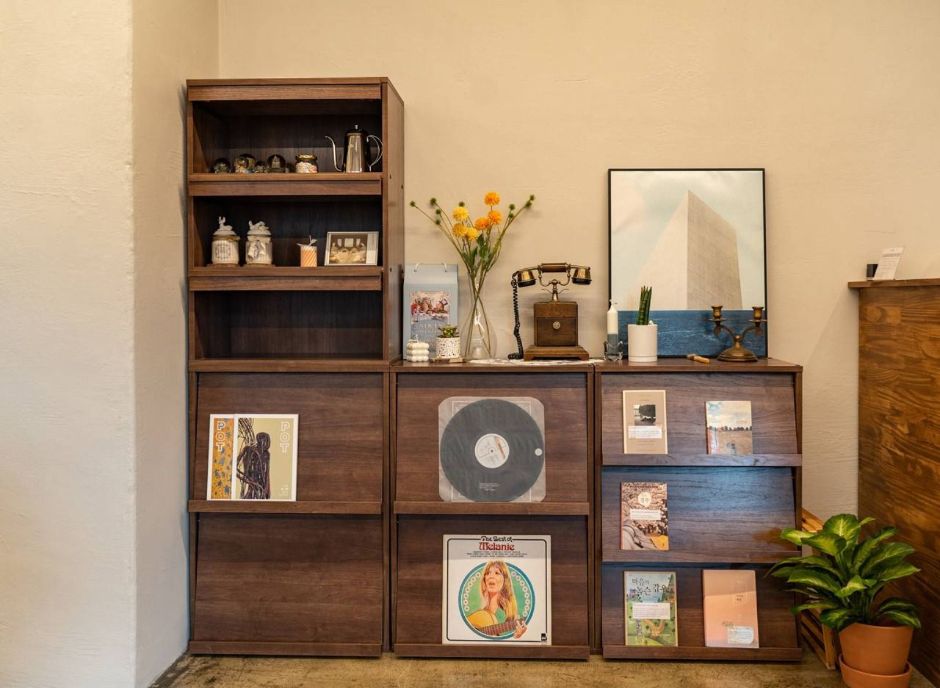
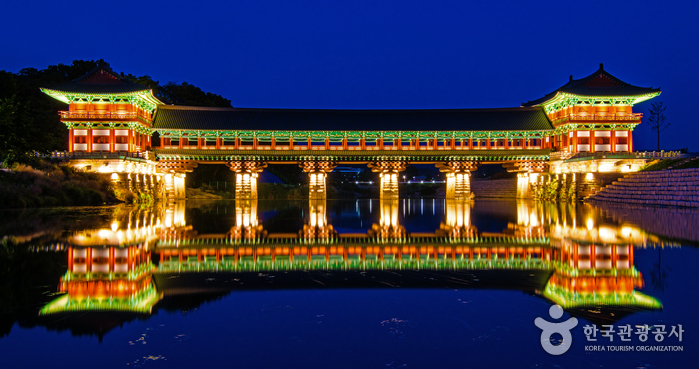
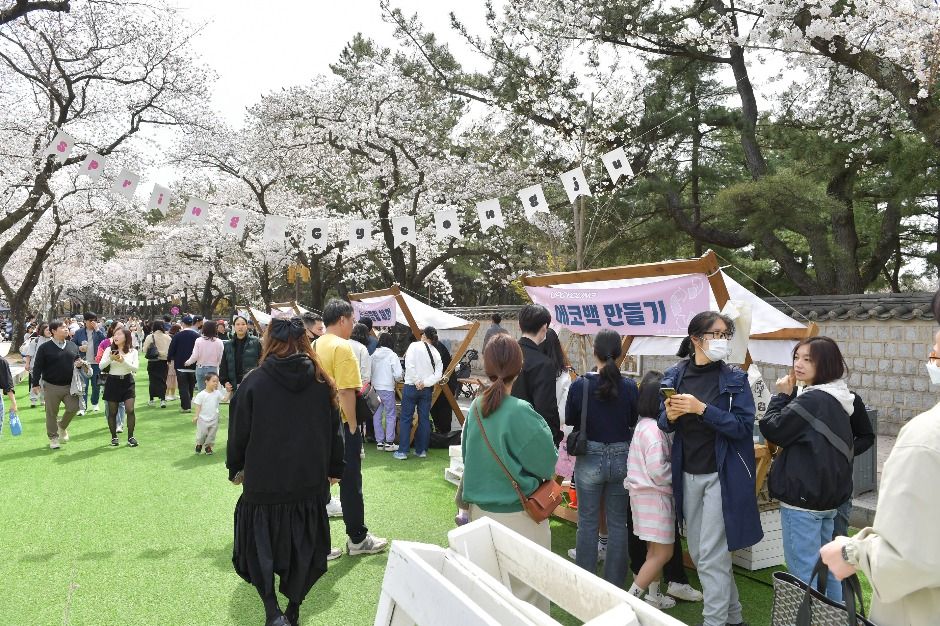

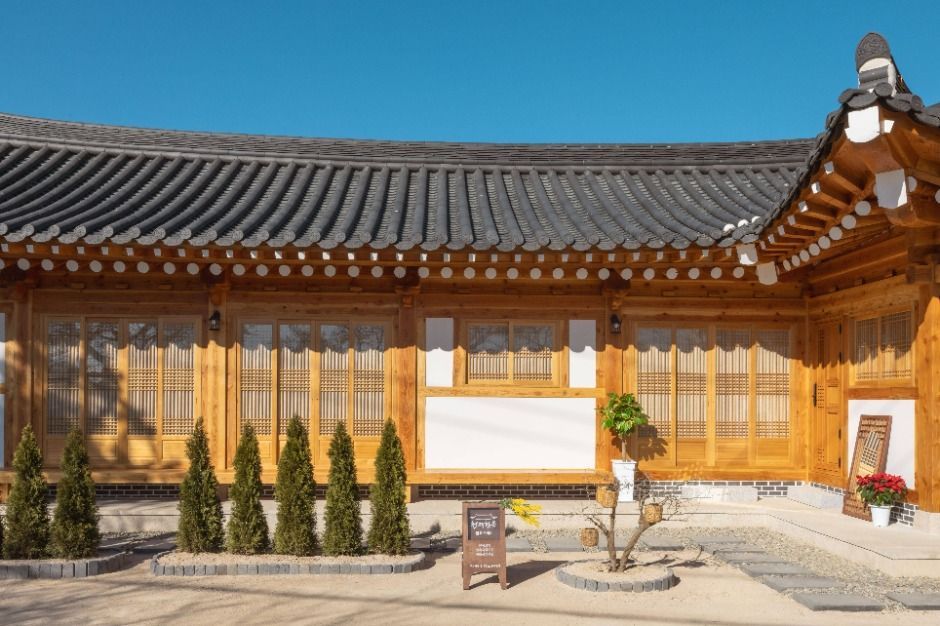
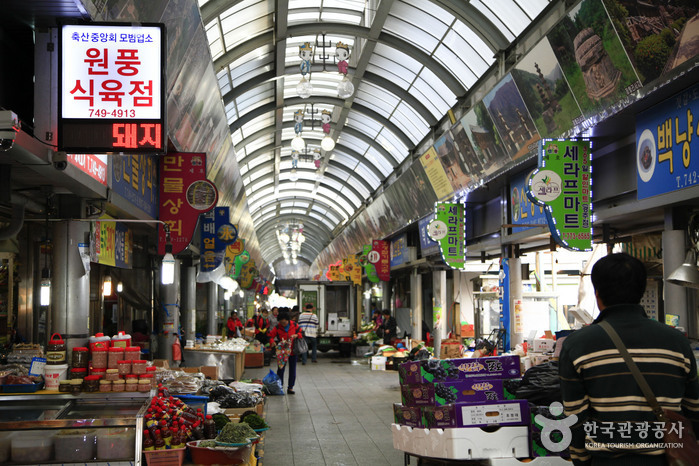
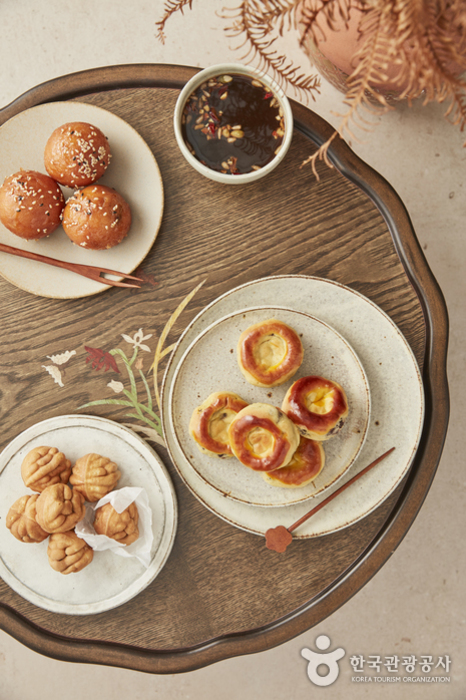
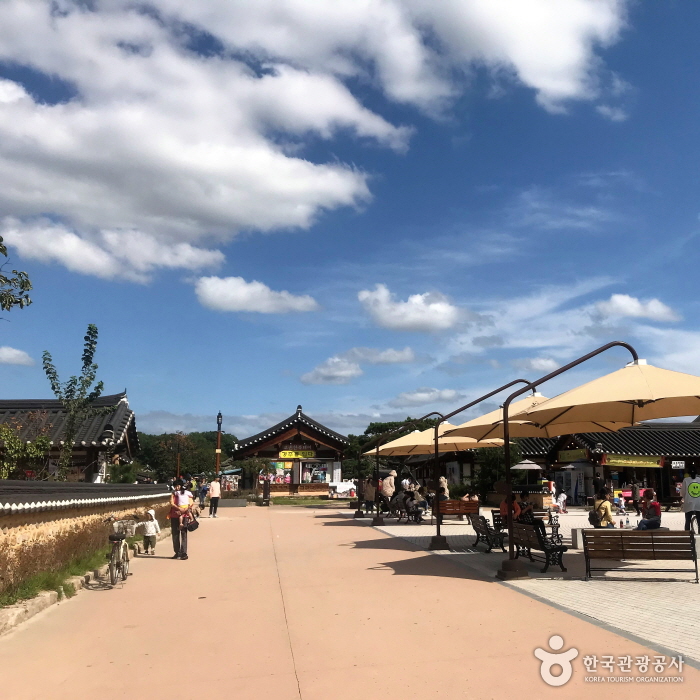
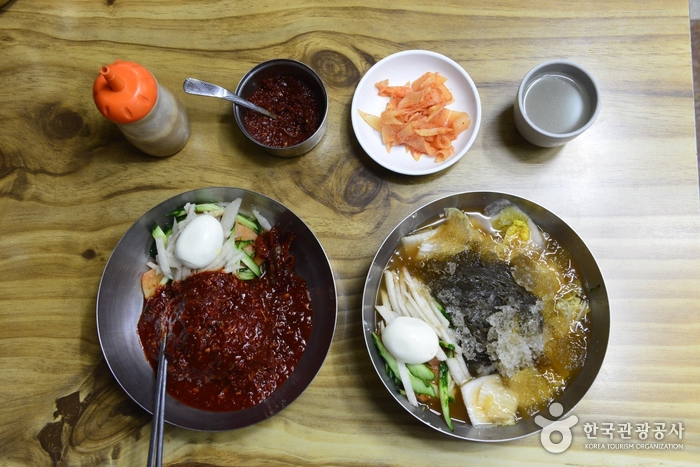
![Áreas Históricas de Gyeongju (경주역사유적지구) [Patrimonio Cultural de la Humanidad de la Unesco]](http://tong.visitkorea.or.kr/cms/resource/03/2656603_image2_1.jpg)
 Español
Español
 한국어
한국어 English
English 日本語
日本語 中文(简体)
中文(简体) Deutsch
Deutsch Français
Français Русский
Русский